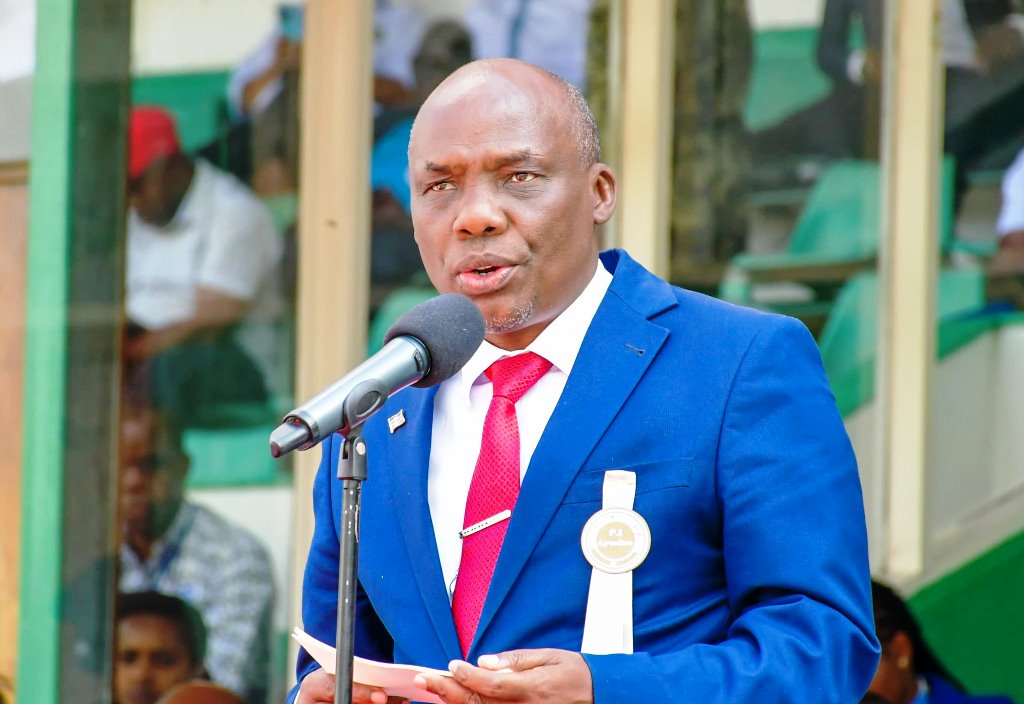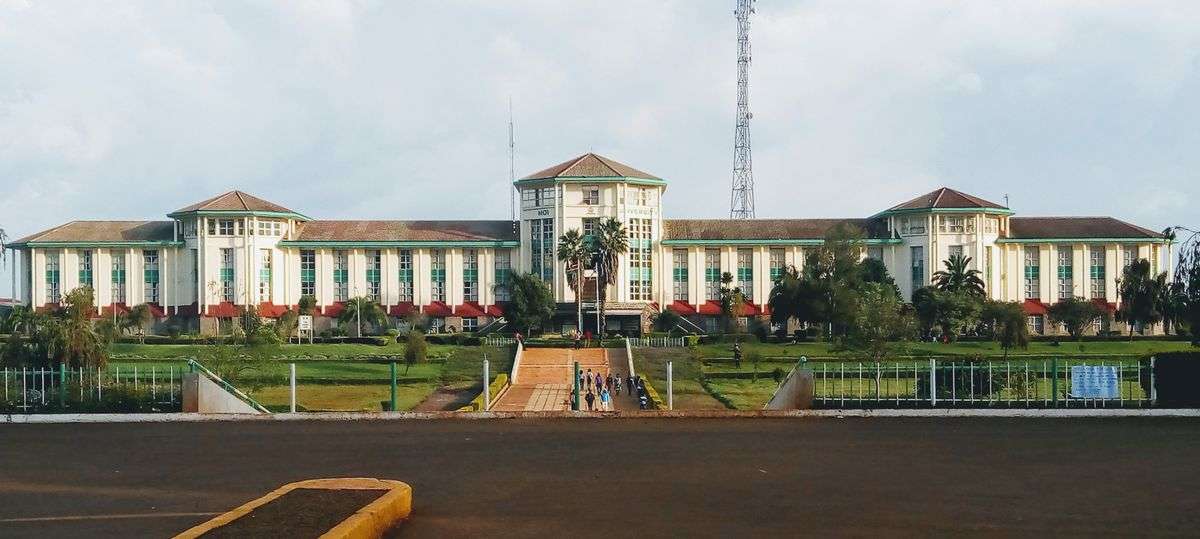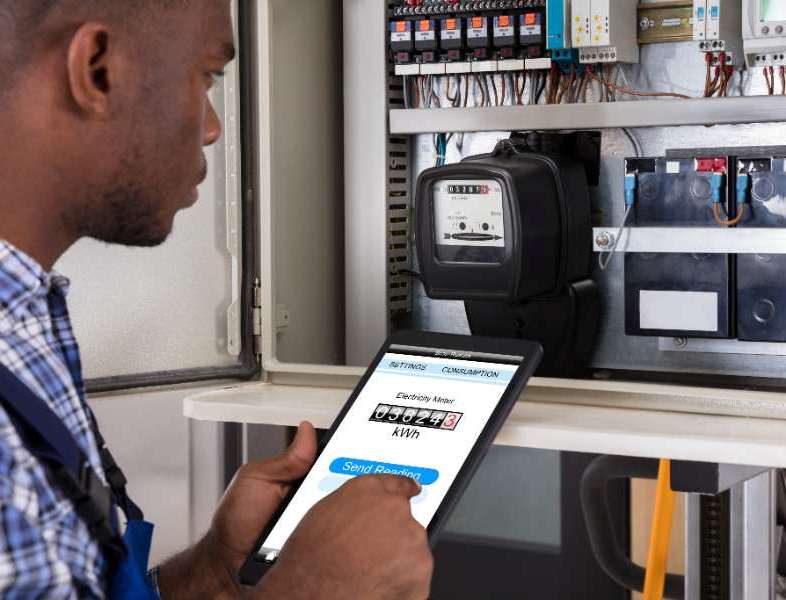The shift from the National Health Insurance Fund (NHIF) to the new Social Health Authority (SHA) is placing mounting financial strain on Kenya’s private healthcare sector. A recent survey conducted by the Rural & Urban Private Hospitals Association of Kenya (RUPHA) between October 28 and 31, 2024, reveals that more than half of the healthcare facilities (50.8%) received less than Ksh 100,000 from SHA, a sum insufficient for operational costs and payroll, worsening their financial outlook.
Among 146 surveyed facilities across 52 SHA branches, a staggering 99% reported financial distress, with only two facilities reporting stability. The survey highlights how most healthcare providers face serious challenges in covering rent, electricity, and basic supplies. 93.8% of facilities struggle with operational expenses, while 89.6% are unable to meet payroll or pay suppliers, and 75% are grappling with supply shortages that affect patient care.
Debt accumulation is also on the rise, with 66% of facilities indicating difficulties meeting bank loan obligations, and 34% reporting they’re at risk of auction due to outstanding debt. Another 22% have taken small claims to court, adding to an environment rife with stress and financial instability. Lower-level issues, like CRB listings and psychological distress among managers, are further symptomatic of the industry-wide crisis.
A major issue, according to 68.9% of facilities, is that payments cover less than 10% of outstanding claims, with only 1.5% receiving payments covering more than 60% of their claims. Providers urgently call on the government to secure timely payments to ensure continued healthcare services and avoid further operational collapses.
While SHA’s functionality has shown modest improvements, from a transition score of 34% on October 12, 2024, to 46%, the survey reveals continued challenges. Although 80% of providers have access to the SHA portal, 13% face access issues due to inadequate ICT infrastructure and frequent portal downtime. For those submitting claims, 79% face procedural and technical obstacles, such as process uncertainty (59%) and technical glitches (35%).
Other challenges include preauthorization issues, with 50% of providers reporting sluggish portal responses and OTP delays. Patient verification remains problematic for 87% of providers due to missing dependents, navigation difficulties, and OTP delays. Frequent system changes, bugs, and downtimes exacerbate the problem, with 60% citing consistent portal issues.
Healthcare providers advocate for government intervention to stabilize the SHA portal, improve payment timelines, and streamline registration processes. Providers also urge enhanced public education on SHA benefits, comprehensive training for healthcare staff on portal usage, and a simplified registration and verification process to improve access for vulnerable populations. Clear referral guidelines, they argue, will ensure beneficiaries access appropriate care across facility levels, thus supporting a sustainable healthcare system.





